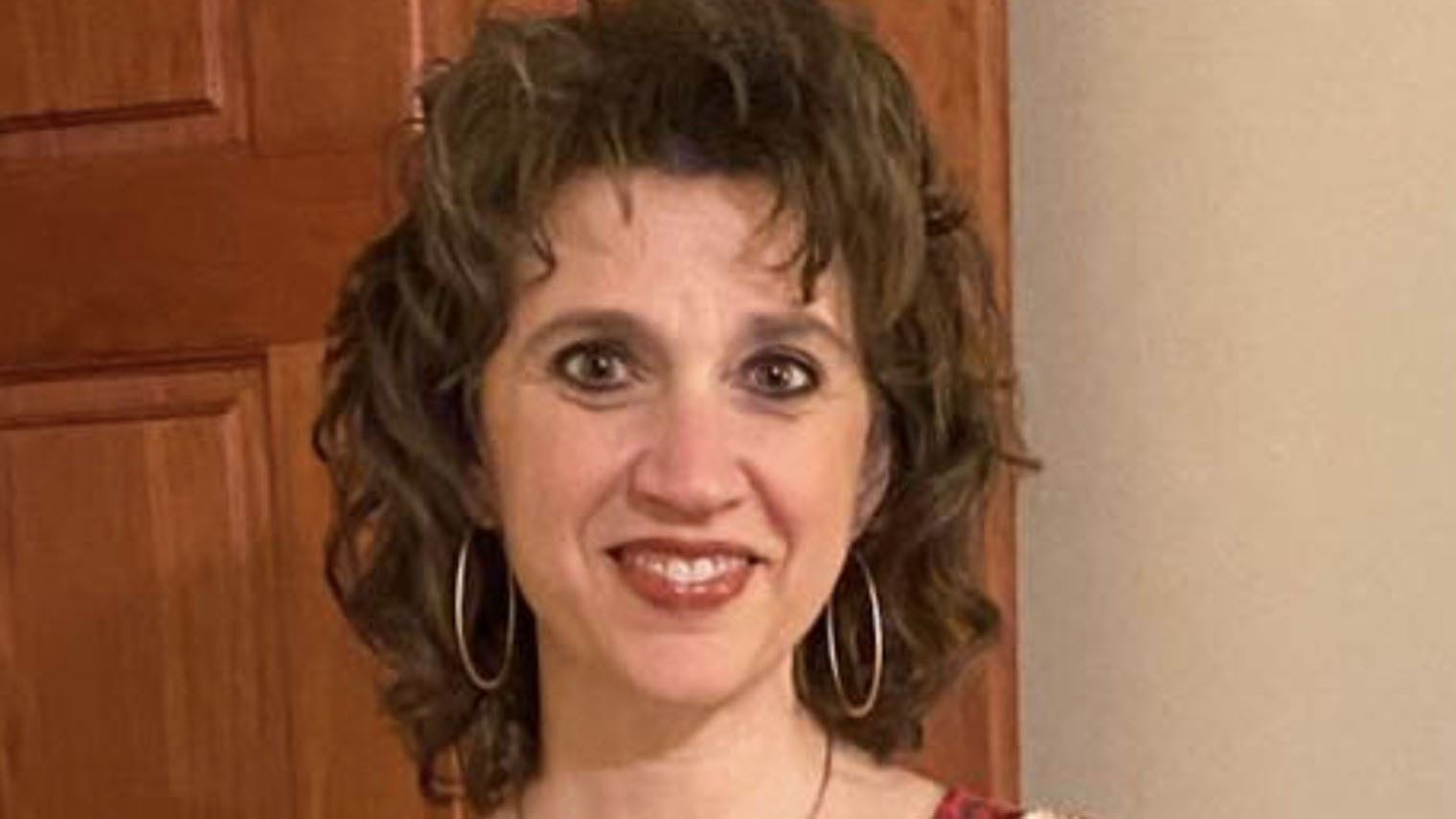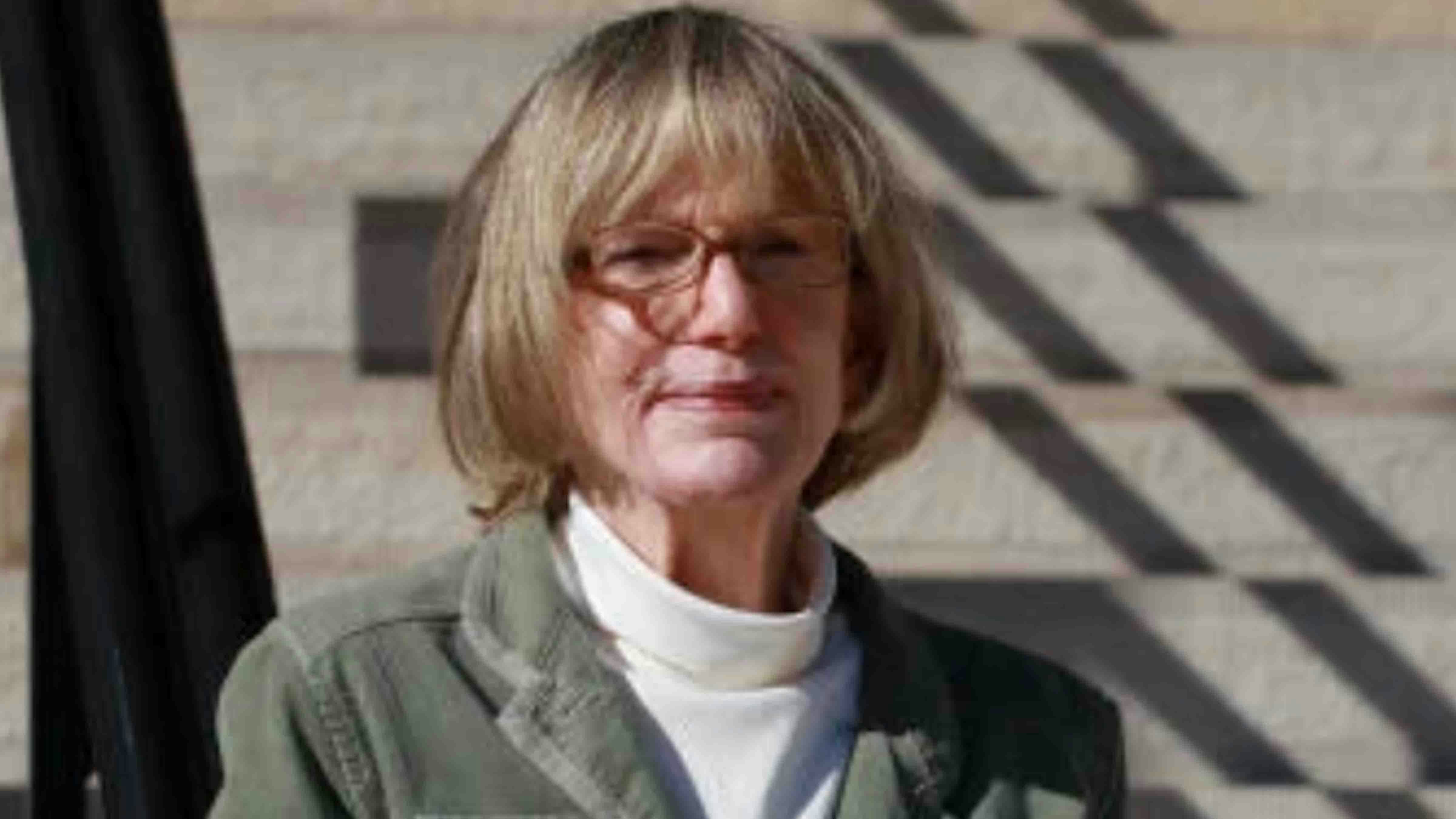Where does the light go, when you save it?
That’s where MY mind goes, when we “spring ahead”. Are we really saving daylight?
Of course not – but every spring, we move our clocks forward in an attempt to “save” the daylight. To eke more sunshine out of every day, to relish in the “extra” time we’ll have outdoors or on our porches or in our windows.
Tonight, before we retire, we’ll go through the house, take clocks down from walls or press those little hard-to-find buttons on our alarm clocks, and move the hour number ahead just one. Unless, like me, you miss and have to keep the button pushed in until it moves all the way around again… but I digress.
Benjamin Franklin first had the “bright” idea to change the clocks twice a year. David Prerau, author of “Seize the Daylight: The Curious and Contentious Story of Daylight Saving Time”, says that in a letter to the Journal of Paris while he was the U.S. Ambassador there, Franklin proposed that by moving clocks forward, people could take advantage of the extra evening daylight rather than wasting energy on lighting.
But the idea would not be put into practice until World War One, when it was used as a way to conserve fuel in 1918. But farmers – despite the myth – actually objected to the practice, because it meant they “lost” an hour of light in the early mornings, and their sun-dependent work put them out of sync with the merchants who bought and sold their goods.
So after the war, the action was dropped… Until the next World War – when FDR ordered the country to “spring ahead” year-round (not unlike what some states – including Wyoming – are asking to do right now).
In 1966, to prevent chaos between states, the action was regulated through federal law under the Uniform Time Act. But as time marches on, the hassle seems to be outweighing the benefits.
How many people miss church the second Sunday in March because they forgot to “spring forward”? How many pets wake their owners up at 5 a.m. to go outside, when their humans’ alarm clocks aren’t going off for another hour?
As a child, I remember how excited I was to change the clocks – all of a sudden, BANG! We could stay out later with friends, the light stayed with us longer… it was as if the sun itself was celebrating the coming of spring, and then later in the year, hibernating for the winter.
Then as I grew older, the magic part wore off. My body and brain couldn’t quite adjust as quickly – although it took just a few minutes to switch the house clocks twice a year, it took a week or more (and a significant amount of coffee in the mornings) to switch my biological clock over to the new “time zone”.
When I was a young parent, I remember the panic I felt (before cell phones updated their times automatically) when I realized that I hadn’t remembered to change my alarm clock, and we had to hustle around to get the kids (and ourselves) ready for church.
And even though I’ve passed the mid-century mark, it never fails that my mom will text me on Saturday before the time change: “Sweetie, don’t forget to change your clocks tonight!”
So I’m a fan of the movement afoot in legislatures around the country to eliminate this twice-yearly ritual, and just pick one time or another, for crying out loud!
Wyoming is one of fifteen states that have passed laws to make daylight savings time permanent. California, Florida, Delaware, Louisiana, Maine, Oregon, Idaho, South Carolina, Tennessee, Utah, Washington, Arkansas, Georgia, and Ohio have also expressed their exasperation with the switch between Daylight and Standard times by passing legislation to borrow an hour from the morning light and attach it to the afternoon.
But I wouldn’t be opposed to staying on Standard Time, honestly. Yes, we’ve gotten used to the sky staying light until 9:30 in June – but I’m sure we’d adjust our expectations after a while, just as we would if we all switched to Daylight Time and went to work and school in the dark at 8 a.m. in the winter.
And it would be an easier sell for the Federal government, which allows states to “opt out” of Daylight Saving Time (as Arizona and Hawaii already do). If we want to switch permanently to Daylight Saving, however, there are a lot more hurdles to jump through before Congress will even consider “allowing” states to make the change.
I say, let’s just pick a plan and stay with it. After all, the hours of daylight that we experience don’t change – it’s what we DO within those hours that matter.





